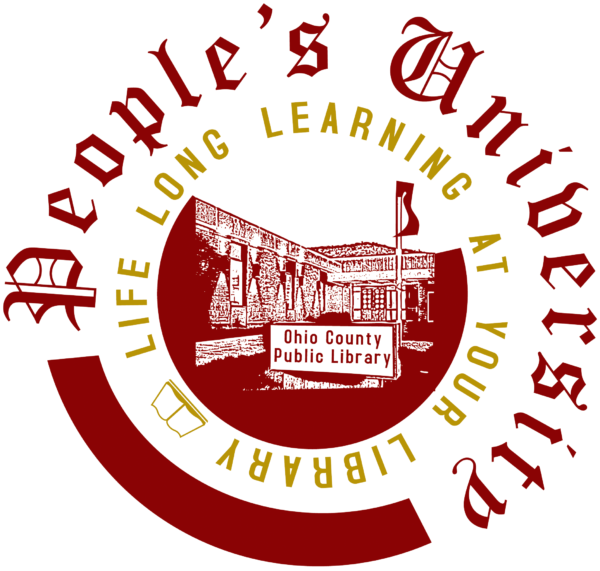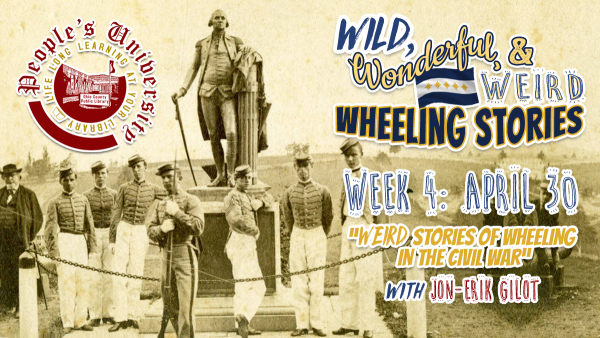 Soldiers were to be removed from battlefields around the state and shipped to Wheeling, where the cemetery was to be laid out at the overlook near Mount Wood Cemetery with the Soldiers & Sailors statue — now at West Virginia Independence Hall — as the crowning centerpiece. Wheeling went so far as to dedicate the cemetery on July 4, 1865, even setting a time capsule in the foundation for the monument.
Soldiers were to be removed from battlefields around the state and shipped to Wheeling, where the cemetery was to be laid out at the overlook near Mount Wood Cemetery with the Soldiers & Sailors statue — now at West Virginia Independence Hall — as the crowning centerpiece. Wheeling went so far as to dedicate the cemetery on July 4, 1865, even setting a time capsule in the foundation for the monument.
It was decided soon thereafter that Wheeling was too far removed from the battlefields and, perhaps more importantly, the idea of detraining more than a thousand decomposing corpses, carting them through the streets of downtown and up the hill to the overlook seemed like poor planning.
Grafton was chosen as a more central location to the battlefield dead. The West Virginia National Cemetery was established at Grafton in 1867 on a beautiful piece of property … right next to the railroad.
Gilot will divluge more wild stories about Wheeling during the Civil War at People’s University, 7 p.m. Tuesday, April 30, at the Ohio County Public Library.
• Jon-Erik Gilot is a native of Mount Pleasant, Ohio and a graduate of Bethany College and Kent State University. He has worked in the fields of archives and preservation for more than a decade and also serves as a member of the Wheeling Historic Landmarks Commission, the Wheeling Hall of Fame Committee and the West Virginia Independence Hall Foundation. He is a regular contributor at Emerging Civil War.



